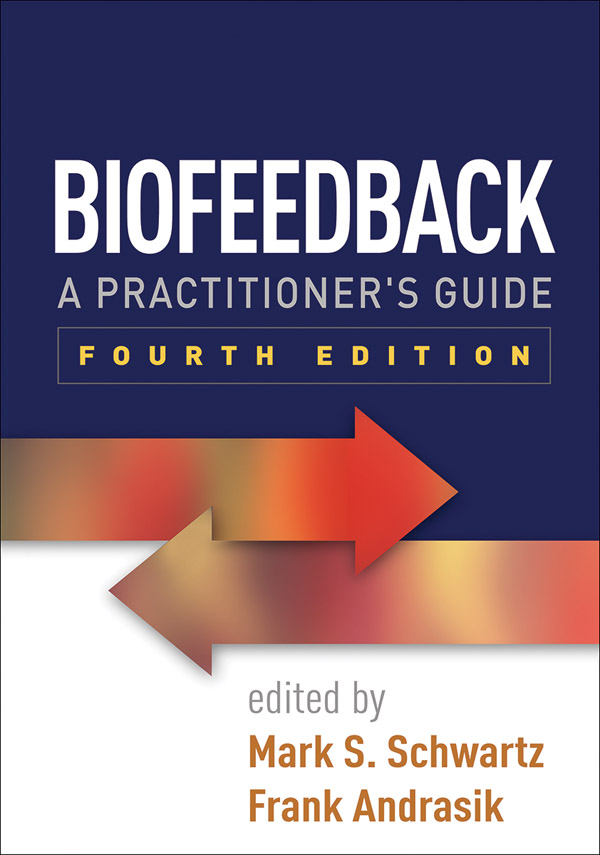Unveiling the Connection Among qEEG and Slumber Disorder Patterns for Enhanced Diagnosis and Treatment
Unveiling the Connection Among qEEG and Slumber Disorder Patterns for Enhanced Diagnosis and Treatment
Blog Article
Sleep apnea is a common slumber disorder that impacts many individuals around the globe. It happens when a individual's respiration is disrupted during slumber, resulting to subpar slumber quality and various medical concerns. One of the methods researchers and doctors are endeavoring to improve understand and diagnose sleep apnea is through a technique called quantified EEG, or qEEG. This method assesses the electronic activity of the brain and can offer important understandings into how sleep apnea impacts cerebral function and overall well-being.
qEEG involves positioning small electrodes on the head to capture cerebral waves. These brain waves are then examined to detect trends that may indicate sleep disorders, including sleep apnea. By examining these trends, medical professionals can gain a more precise understanding of how sleep apnea interrupts typical brain activity during slumber. This information can be crucial for formulating effective therapeutic plans customized to specific clients. Comprehending the connection between qEEG and sleep apnea can lead to improved diagnostic methods and superior results for those impacted by this condition.
Research has demonstrated that individuals with sleep apnea often display specific changes in their brain wave patterns. For example, during instances of apnea, the cerebrum may exhibit heightened function in specific regions while additional areas become more engaged. These changes can affect how well a person sleeps and how refreshed they perceive go to this site upon awakening. By employing qEEG to track these cerebral oscillation patterns, doctors can recognize specific traits of sleep apnea in clients, which can assist in formulating a more accurate diagnosis. This is especially important because sleep apnea can sometimes be mistaken for other sleep disorders, leading to inappropriate therapies.
In addition to enhancing identification, qEEG can also serve a part in evaluating the effectiveness of treatments for sleep apnea. For instance, after a patient begins using a continuous positive airway pressure (CPAP) machine, which assists maintain the passage open during sleep, qEEG can be used to assess changes in brain activity. If the brain shows improved patterns of sleep after starting treatment, it may indicate that the therapy is working effectively. This response can assist physicians formulate required adjustments to therapeutic plans, ensuring that patients receive the best care feasible.
Overall, the connection between qEEG and sleep apnea patterns is an exciting area of research that holds potential for improving identification and therapy. By understanding how sleep apnea impacts cerebral function, healthcare providers can develop more effective strategies to help patients achieve improved slumber and enhance their general health. As studies continues to evolve, it is probable that qEEG will turn into an integral tool in the fight against sleep apnea, resulting to superior results for those who experience from this challenging condition.